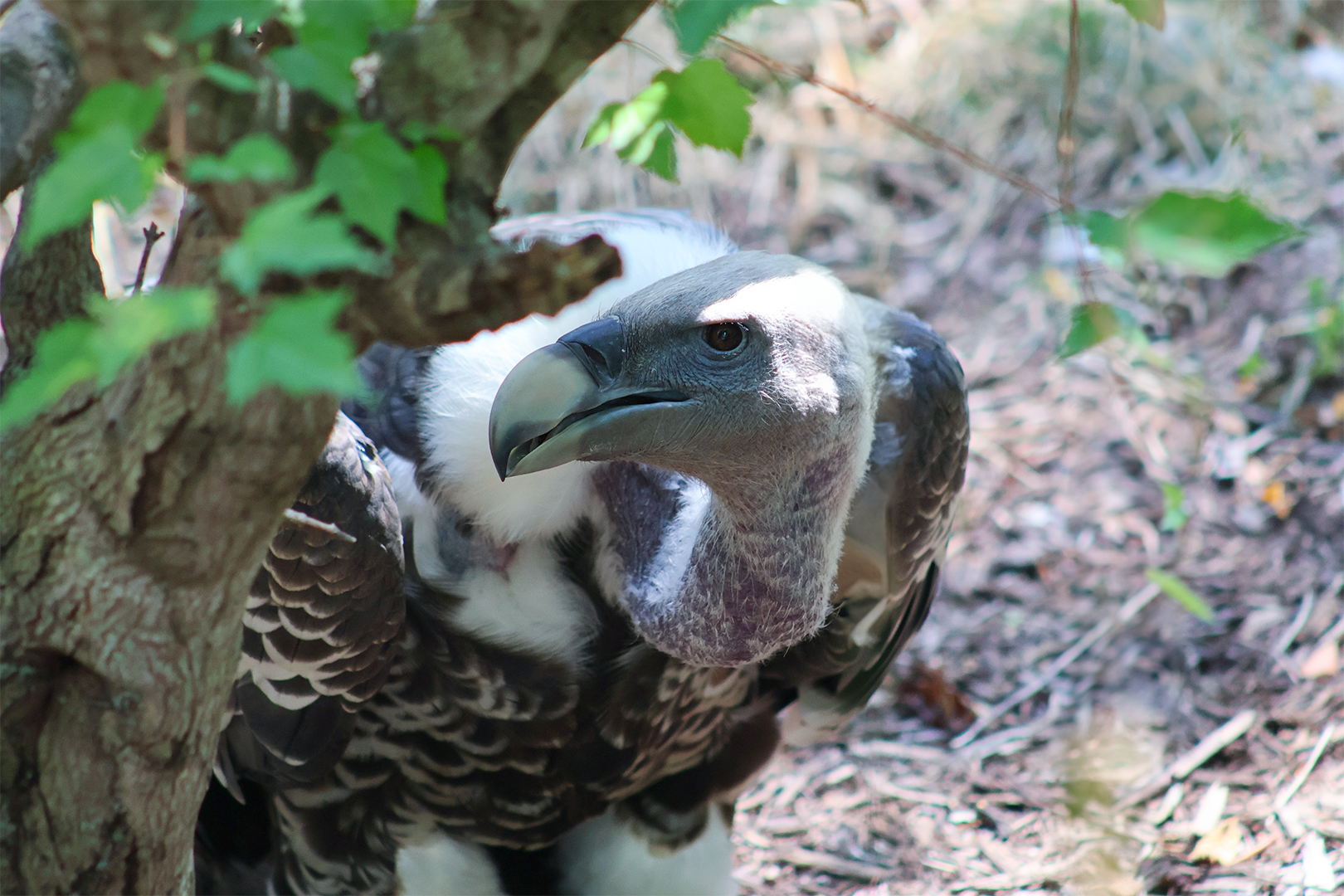I LIVE IN AFRICA
Because Ruppell’s griffon vultures rely on sight to locate their food, they prefer open, arid land instead of forested areas. They live primarily in the high cliffs of central African countries, including Ethiopia, Sudan, Tanzania, and Guinea.
I AM A SCAVENGER
Vultures exclusively eat carrion, or dead animals. They use their incredible vision to spot their prey from the air.
RUPPELL’S GRIFFON VULTURES ARE SOCIAL
Ruppell’s griffon vultures roost, nest, and gather to feed in large flocks. They make large nests of sticks lined with grass and leaves.
FLYING HIGH
Ruppell’s griffon vultures have been known to fly to heights of 36,000 feet above sea level, most commercial aircrafts fly between 33,000 and 42,000 feet above sea level. Because of their high-flying abilities, they have excellent eyesight and can spot prey from 4 miles away.
HELPING THE RUPPELL’S GRIFFON VULTURE IN THE WILD
The Fort Wayne Children’s Zoo supports Vulpro, a conservation organization that aims to preserve vulture populations through education, research, and rehabilitation.
I AM IMPORTANT TO MY ECOSYSTEM
As scavengers, vultures perform the crucial role of removing deceased animals to prevent the spread of disease and keep the environment clean. Vultures can eat this food source without ill effects because acids in their stomach help break down harmful bacteria.

